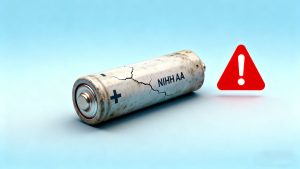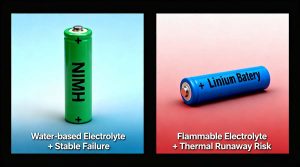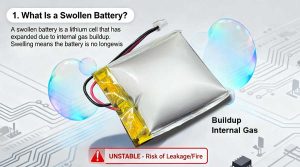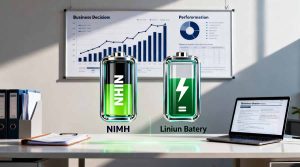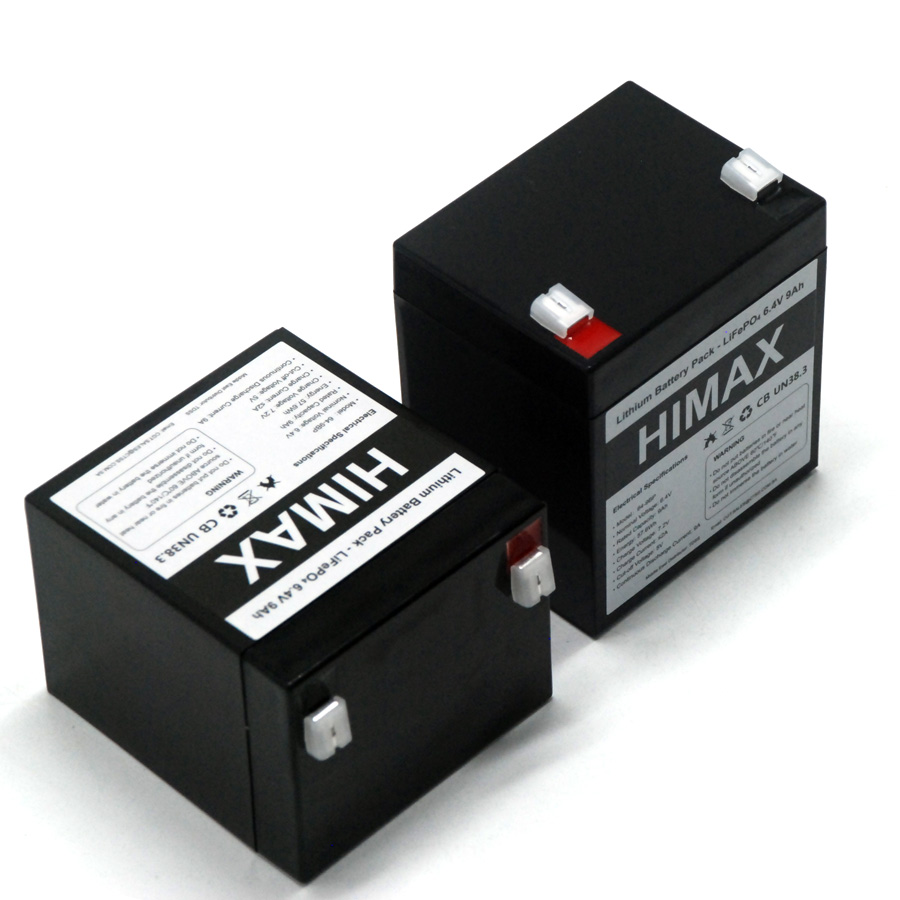Nickel-metal hydride batteries—commonly known as NiMH batteries—are popular because they are affordable, rechargeable, and generally safer than many other chemistries. But like all rechargeable batteries, they do not last forever. Their performance gradually declines, and the signs of aging can be subtle at first. Understanding these indicators helps you avoid unexpected device shutdowns, improve charging habits, and plan replacements before failures occur.
What Determines the Lifespan of a NiMH Battery?
The lifespan of a NiMH battery depends on several factors. In most cases, a good-quality battery can last anywhere from 500 to 1,000 charge cycles. However, real-world usage patterns often shorten or extend that range.
Important influences include:
- Charge cycles
Each full cycle slightly wears out the internal chemistry. - Operating temperature
Heat accelerates chemical degradation inside rechargeable NiMH cells. - Charging method
Smart chargers protect the battery, while cheap chargers may shorten its lifespan. - Storage habits
Storing at full charge or in a hot location reduces longevity. - Discharge depth
NiMH batteries prefer moderate discharge. Extremely deep discharges cause stress.
These factors help explain why two people can buy the same AA NiMH battery but see completely different lifespans.
Sign #1 – Noticeably Shorter Runtime
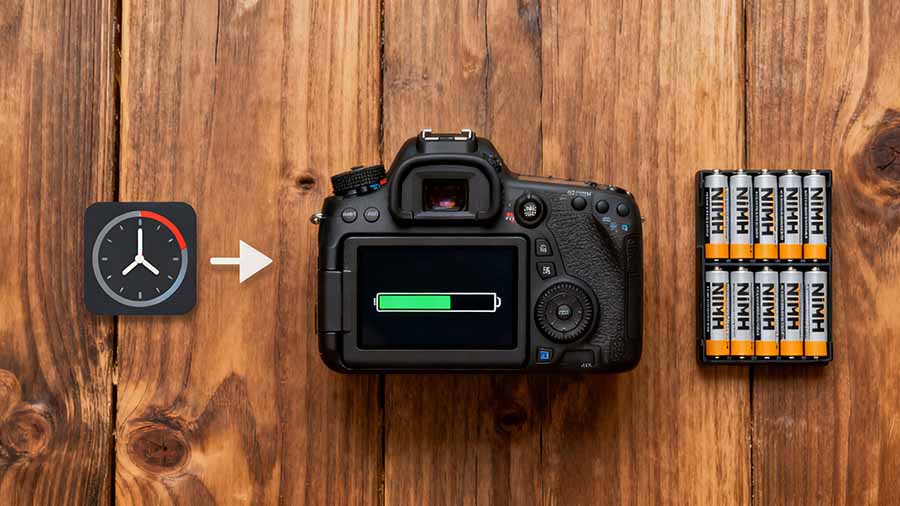
The most obvious sign of aging is reduced capacity. When a NiMH battery is new, it delivers long, stable runtimes. Over time, the usable capacity drops.
You may notice:
- Your camera or flashlight empties faster than before.
- A device that used to last all day now lasts only a few hours.
- The battery meter drops quickly after charging.
If runtime shrinks to less than half of its original level, the high-drain NiMH battery is likely nearing the end of its life.
This happens because chemical reactions inside the battery become less efficient as the internal materials age.
Sign #2 – The Battery Gets Hot During Charging
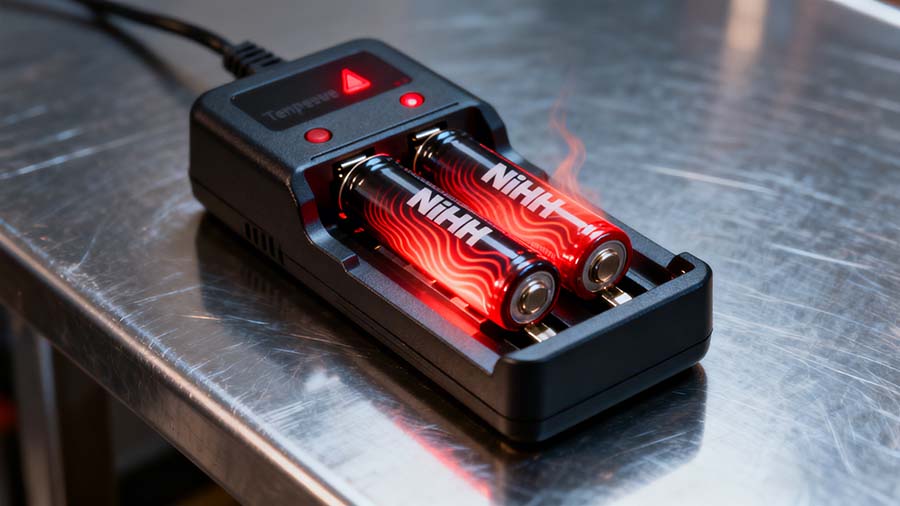
Some warmth during charging is normal, but excessive heat is not. A NiMH rechargeable battery nearing the end of its life may heat up quickly because internal resistance increases as it ages.
Watch for these behaviors:
- The battery becomes unusually hot just a few minutes after the charger begins.
- The charger shuts off prematurely due to thermal protection.
- The charge indicator blinks to show an error.
High internal resistance forces the battery to convert energy into heat instead of storing it. This is a clear sign of degradation
Sign #3 – The Battery Charges Very Quickly (Too Quickly)
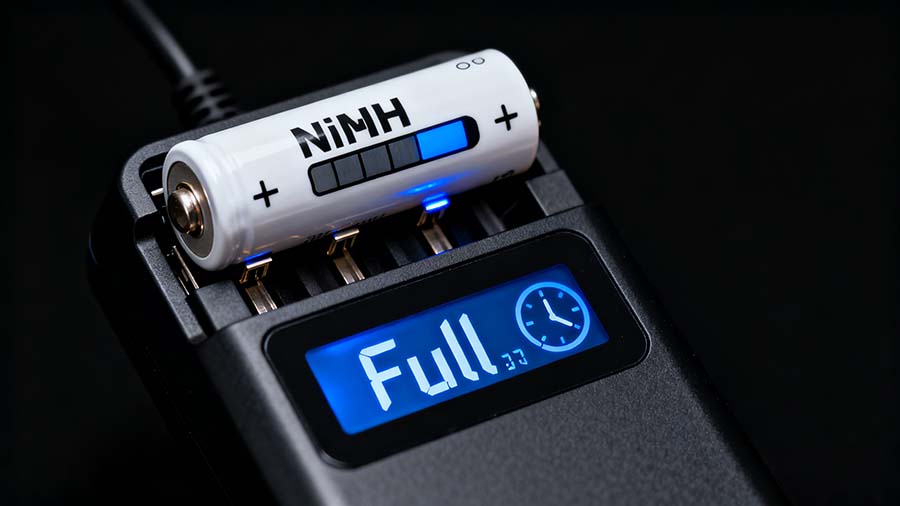
Healthy NiMH cells take a predictable amount of time to charge, depending on the charger and capacity. But old batteries often charge suspiciously fast.
Examples include:
- A battery that used to take 3 hours now charges in 30 minutes.
- A smart charger suddenly reports “Full” despite the battery being almost empty in actual use.
This happens because a worn-out battery can no longer accept a full charge. The voltage rises quickly, tricking smart chargers into thinking the battery is full when it is not.
Fast charging may look convenient, but it usually means the NiMH battery pack is nearing retirement.
Sign #4 – Voltage Drops Suddenly Under Load
A well-functioning NiMH rechargeable cell maintains voltage relatively evenly until it reaches low capacity. But an aged battery shows sudden voltage drops.
You might see:
- A device shuts off abruptly instead of gradually.
- The battery meter jumps from 60% to 5%.
- Under high load, the device resets or flickers.
This happens because an old NiMH battery cannot maintain stable voltage under pressure. Internal resistance rises, and the battery struggles to deliver current.
This is especially common in:
- Digital cameras
- Handheld radios
- Electric toys
- Flashlights
- RC devices
If your battery collapses under load, replacement is likely necessary.
Sign #5 – Batteries Self-Discharge Much Faster Than Before
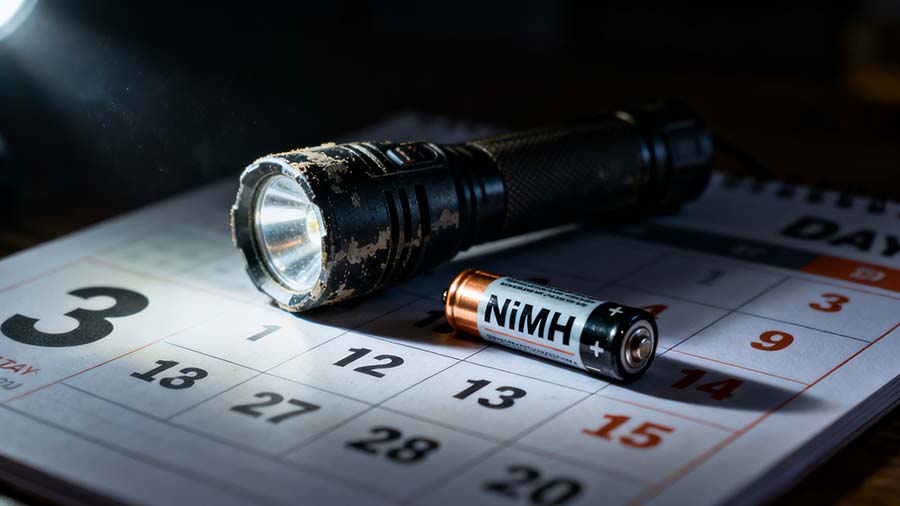
All NiMH rechargeable batteries naturally self-discharge over time, but aged ones lose energy much faster.
Signs include:
- The battery seems dead after sitting unused for just a few days.
- Previously reliable low-self-discharge NiMH cells no longer hold charge.
- You charge the battery fully, but it feels weak the next day.
This indicates chemical wear and declining ability to retain electrons in the internal structure.
Sign #6 – Physical Changes: Warping, Leakage, or Corrosion
While structural failure is less common in NiMH compared to older chemistries, physical damage does occur.
Check for:
- Bulging or warping
- Electrolyte leakage
- Corroded terminals
- Strange odors near the battery
A compromised NiMH battery cell should be disposed of safely and never reused.
Sign #7 – Inconsistent Performance Across Cells in a Battery Pack
If you use multi-cell packs—like NiMH battery packs for RC cars, cordless phones, or handheld radios—you may notice certain cells degrade sooner than others.
Signs of imbalance:
- The charger reports errors only intermittently.
- The pack charges but drains extremely fast.
- One cell feels warmer or weaker than the others.
In packs, one bad cell is enough to ruin overall performance. In this case, the safest solution is to replace the entire pack.
How to Test a NiMH Battery to Confirm Its Health
If you’re unsure whether a battery is failing, you can test it using simple tools.
Method 1: Use a smart charger with diagnostics
Many advanced chargers display:
- Internal resistance
- Remaining capacity
- Voltage under load
High internal resistance or very low capacity readings indicate end-of-life.
Method 2: Use a digital multimeter
You can test voltage before and after charging. While not perfect, sudden drops signal weakening cells.
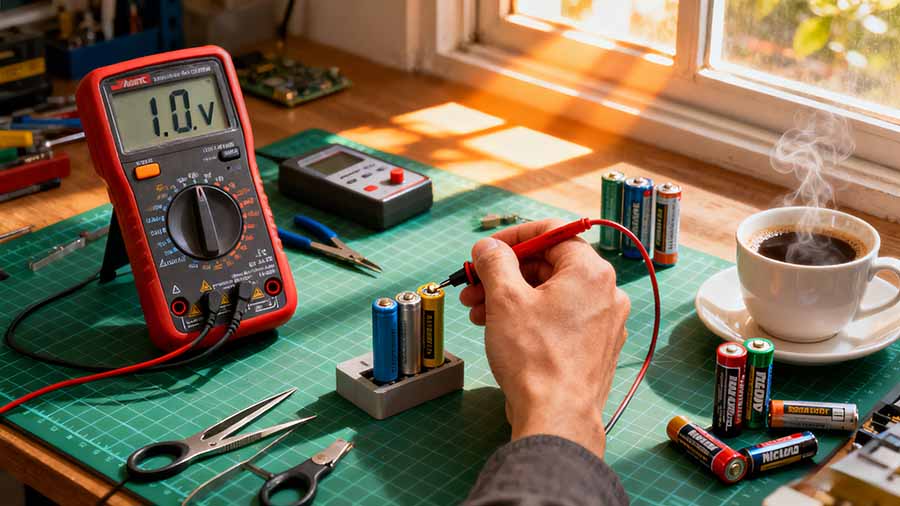
If identical devices show very different runtimes using the same battery type, the older one likely needs replacement.
How to Prolong the Life of NiMH Batteries
Even though aging is unavoidable, good habits extend the lifespan of rechargeable NiMH batteries.
Tips include:
- Use a high-quality smart charger.
- Avoid deep discharges whenever possible.
- Do not charge or store in hot environments.
- Store at around 30%–50% charge if unused for long periods.
- Use batteries regularly to keep chemistry active.
Good maintenance delays degradation and saves money in the long run
When Should You Replace a NiMH Battery?
Replace your NiMH battery when you notice:
- Runtime has decreased to less than 50% of original.
- The battery overheats consistently.
- Charging becomes too fast or too erratic.
- Voltage drops suddenly under load.
- Cells show physical leakage or corrosion.
At that point, the battery has reached the natural end of its life cycle and should be recycled properly.
If you need a long-lasting, high-reliability replacement, HiMAX NiMH batteries offer industry-leading quality, stable discharge performance, and customizable options for consumer electronics, industrial equipment, and OEM applications. HiMAX provides dependable NiMH battery packs, strong safety features, and tailored engineering support to ensure your devices deliver the performance you expect.
Find articles related to NiMH Battery

